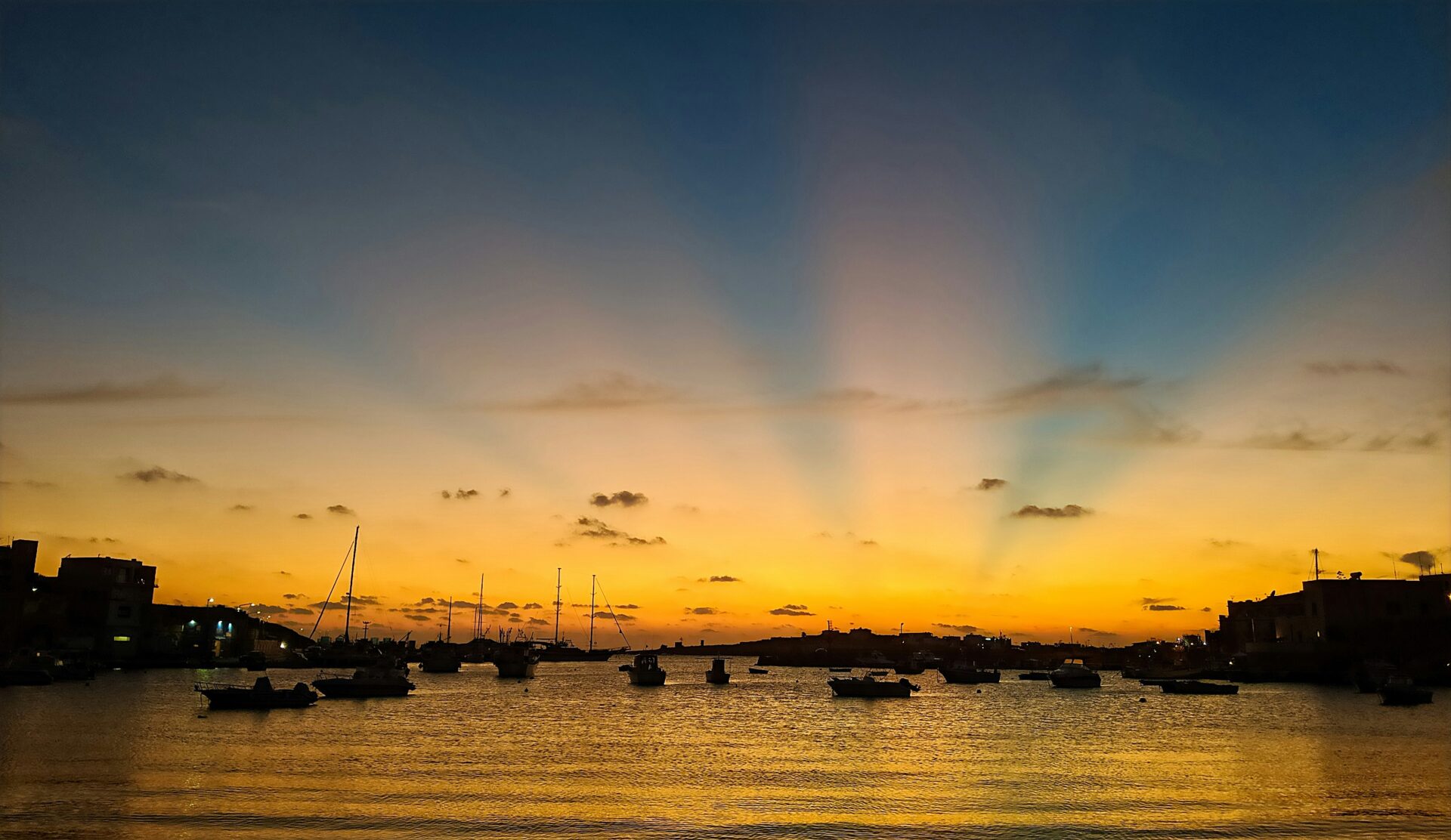Tucked away in the heart of the Mediterranean between Malta and Tunisia, the Pelagie Islands show off a side of Italy that most travelers never even hear about. This tiny group includes three islands: Lampedusa, Linosa, and the uninhabited Lampione.
As one of Italy’s most remote hidden gems, the Pelagie Islands welcome visitors with pristine beaches, crystal-clear waters, and an authentic Mediterranean vibe that mass tourism hasn’t managed to touch.
I stumbled across these magical islands during my off-season travels through Sicily last year. Most Italians swarm to Lampedusa in summer, but I went in spring and found the islands’ natural beauty all to myself.
The difference between Lampedusa’s limestone cliffs and Linosa’s black sand beaches is wild—two totally different worlds, all in one little archipelago.
If you want to break away from Italy’s usual tourist circuit, you really should consider the Pelagie Islands. They’re just a short flight from Sicily, but they feel a million miles away from the chaos of the mainland.
I got hooked right away by their laid-back charm, the insanely fresh seafood, and the locals who still live out those old Mediterranean traditions.
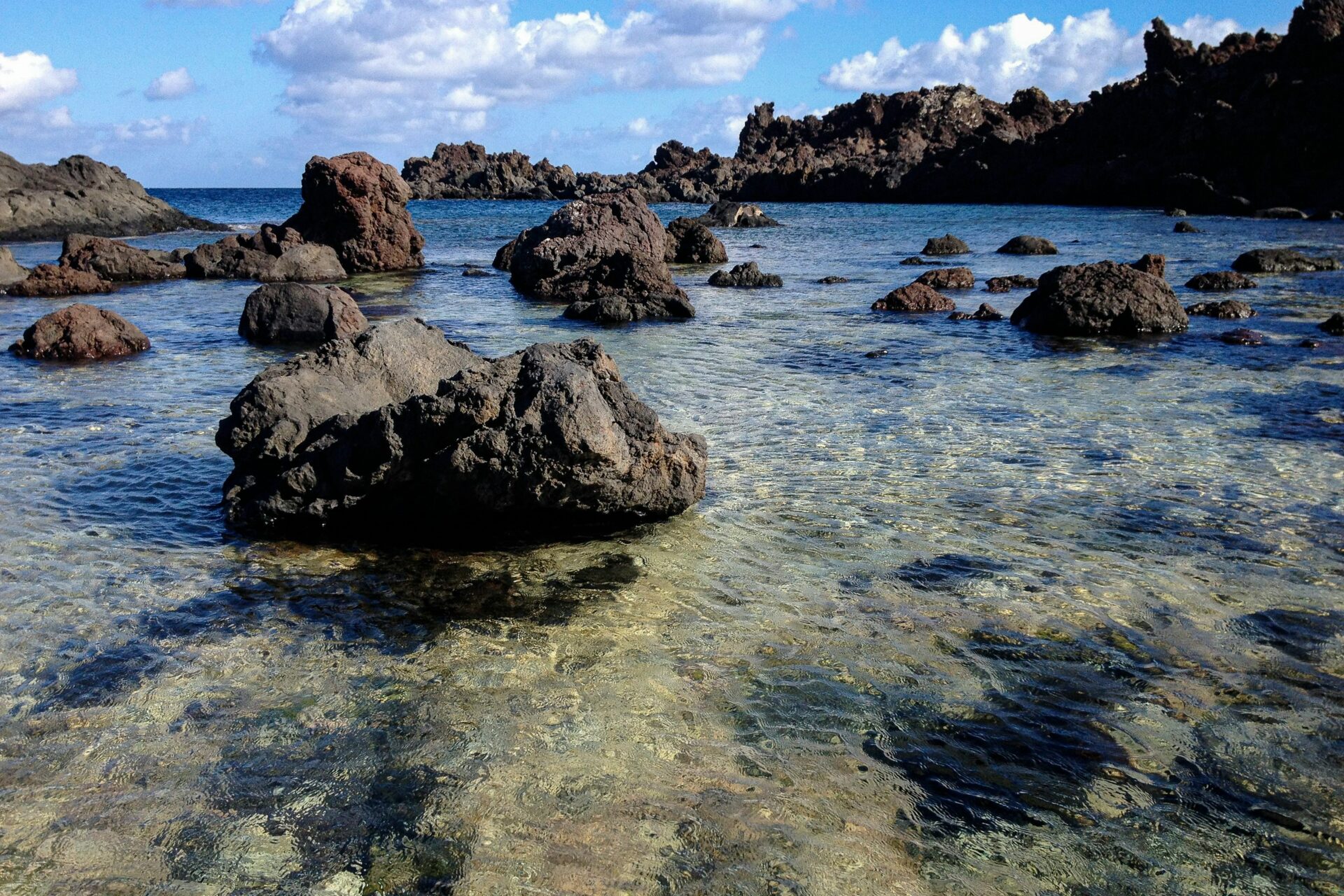
Discovering the Pelagie Islands: Geography, History, and Culture
The Pelagie Islands are honestly one of Italy’s most intriguing but overlooked archipelagos. You get this fascinating blend of African and European influences everywhere you look—landscape, history, even how people live.
The Islands’ Location and Natural Setting
The Pelagie archipelago includes three small islands—Lampedusa, Linosa, and Lampione—floating in the Mediterranean between Malta and Tunisia, just south of Sicily. Politically they’re Italian, but geographically, they sit closer to Africa.
Lampedusa, the biggest island, draws you in with its turquoise waters and dramatic limestone cliffs. I’ve seen Rabbit Beach (Spiaggia dei Conigli) myself, and I’d put it up there with the Mediterranean’s best.
Linosa, born from volcanoes, feels completely different. Black lava rocks, purple bougainvillea everywhere, and it’s a crucial nesting ground for endangered loggerhead turtles. I got to watch them during a summer trip—pretty unforgettable.
The marine life here is just bonkers. The water’s so clear you can spot fish and ancient underwater formations even from a boat. Snorkeling and diving? Absolutely top-notch.
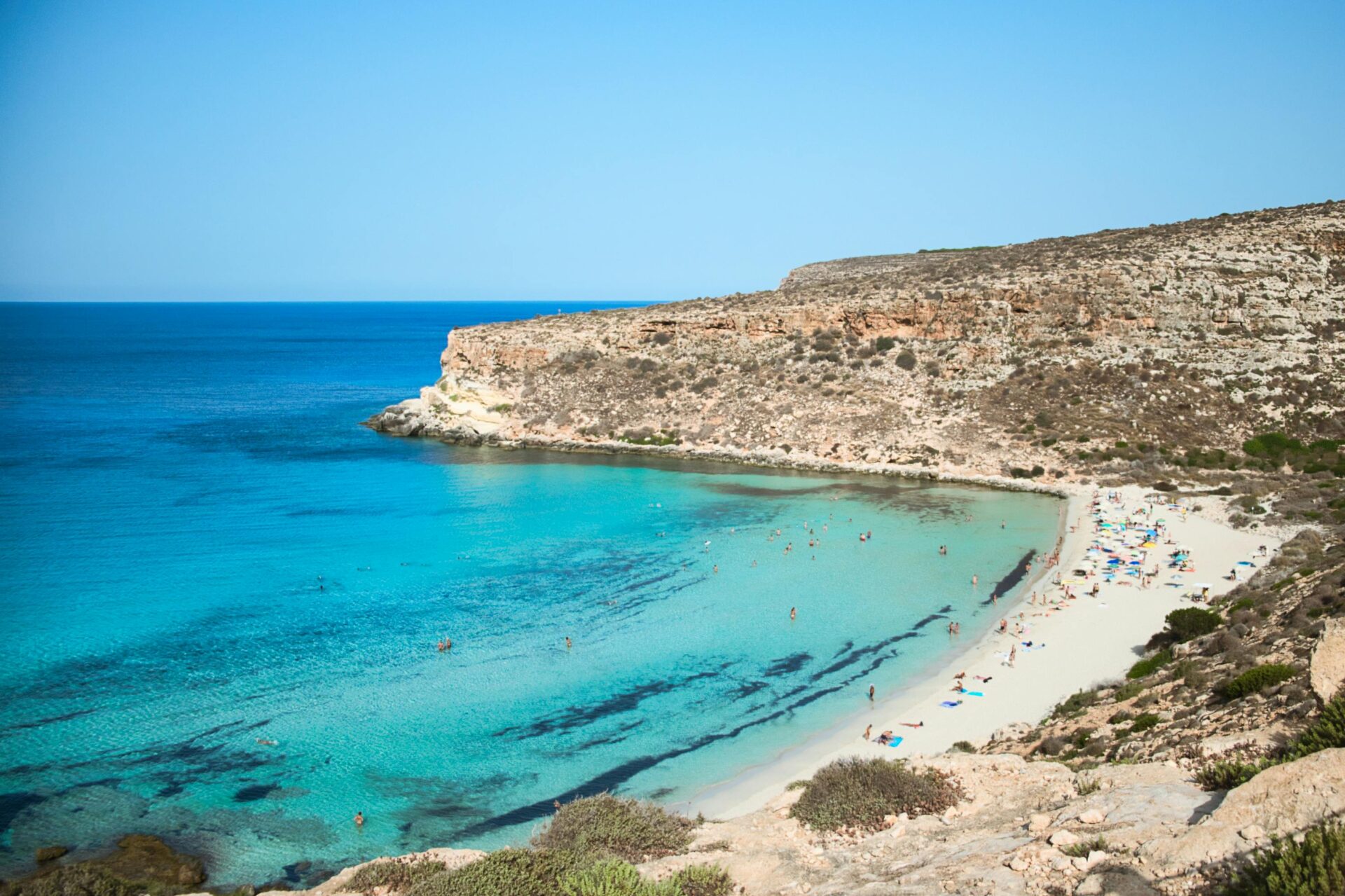
Historical Influences: From Greeks to Normans
So many civilizations have left their mark here. The ancient Greeks first wrote about the Pelagie, and some say Homer mentioned them in the Odyssey as the home of nymphs like Circe.
The Romans came next, with Virgil referencing these far-off islands. Local myths say Zeus sent the snake-woman Lamia to Lampedusa, which is supposedly how the island got its name.
During the Middle Ages, the Arabs took control before the Normans swept in and brought the islands under Sicilian rule. You can actually see traces of this history in ancient ruins scattered around Lampedusa.
For a long time, hardly anyone lived here—permanent settlements only popped up in the 1700s when the King of Naples decided it was time. That long isolation kept the islands’ unique character intact, which I find so compelling every time I visit.
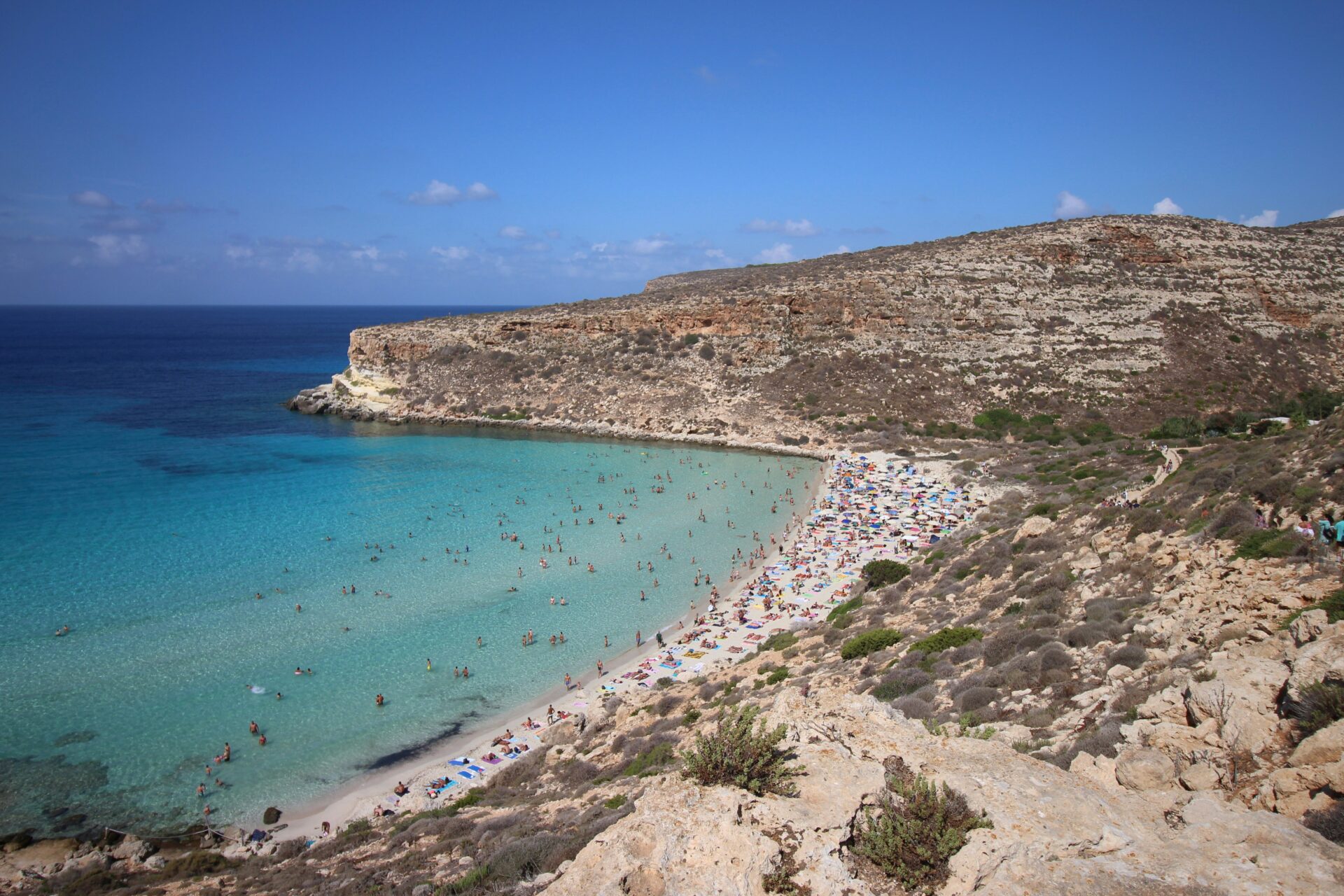
Distinctive Local Culture and Traditions
The culture here just feels different. Living between continents has shaped an identity that’s not quite European, not quite African—just uniquely Pelagian.
The food tells the story. I’ve eaten dishes that blend Italian technique with North African spices. The couscous with freshly caught fish? I could eat it every day.
You can hear Arabic influences in the local music, especially during the summer festivals. These events bring everyone together—colorful, loud, and full of pride.
Homes here are practical and instantly recognizable: whitewashed walls, blue accents to fight the sun, and flat roofs for collecting rainwater. It’s a clever solution since water’s always scarce.
Fishing remains a way of life. Families still make their living from the sea. I’ve watched fishermen at the harbor mending nets, using skills their grandparents taught them.
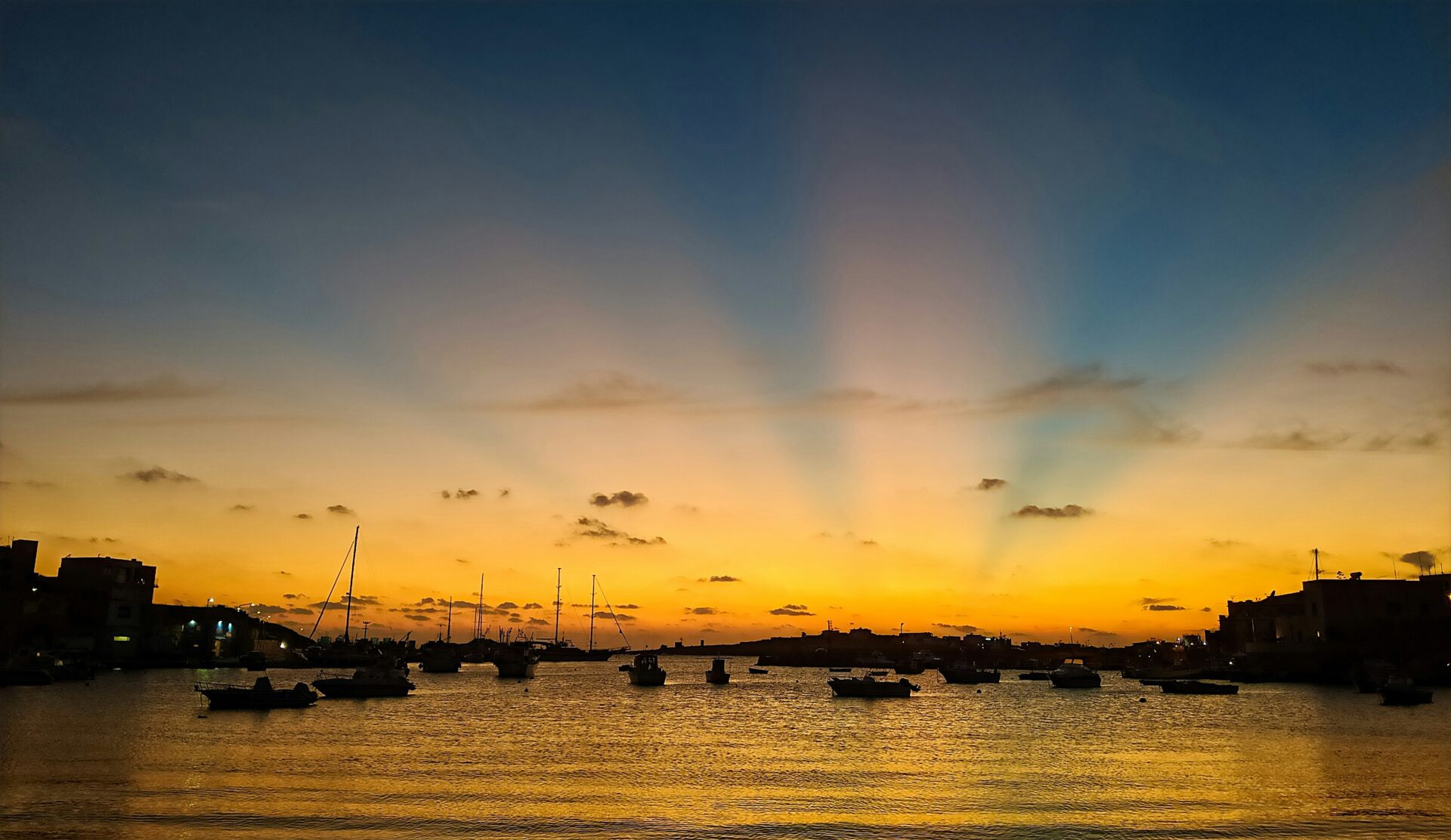
Island Highlights: Lampedusa, Linosa, and Lampione
The Pelagie Islands each offer something different. From lively beaches to volcanic landscapes and untouched nature, you get three totally distinct vibes in one little corner of Sicily.
Lampedusa: Gateway to Crystalline Waters
Lampedusa stands out as the largest and most popular of the Pelagie Islands. I couldn’t get over the beaches—especially Rabbit Beach (Isola dei Conigli). Honestly, it’s one of Europe’s most stunning stretches of sand. The water glows in shades of turquoise that almost don’t look real.
The landscape surprised me, too. There’s a mix of dry, almost desert-like areas and small patches of green. Locals use clever drip irrigation to keep their gardens alive despite the lack of water.
The main town has cozy restaurants serving up fresh seafood. If you get the chance, try the mackerel or amberjack—they’re local specialties.
Best beaches to visit:
- Rabbit Beach (protected nature reserve)
- Guitgia Beach (close to town)
- Cala Pulcino (more secluded)
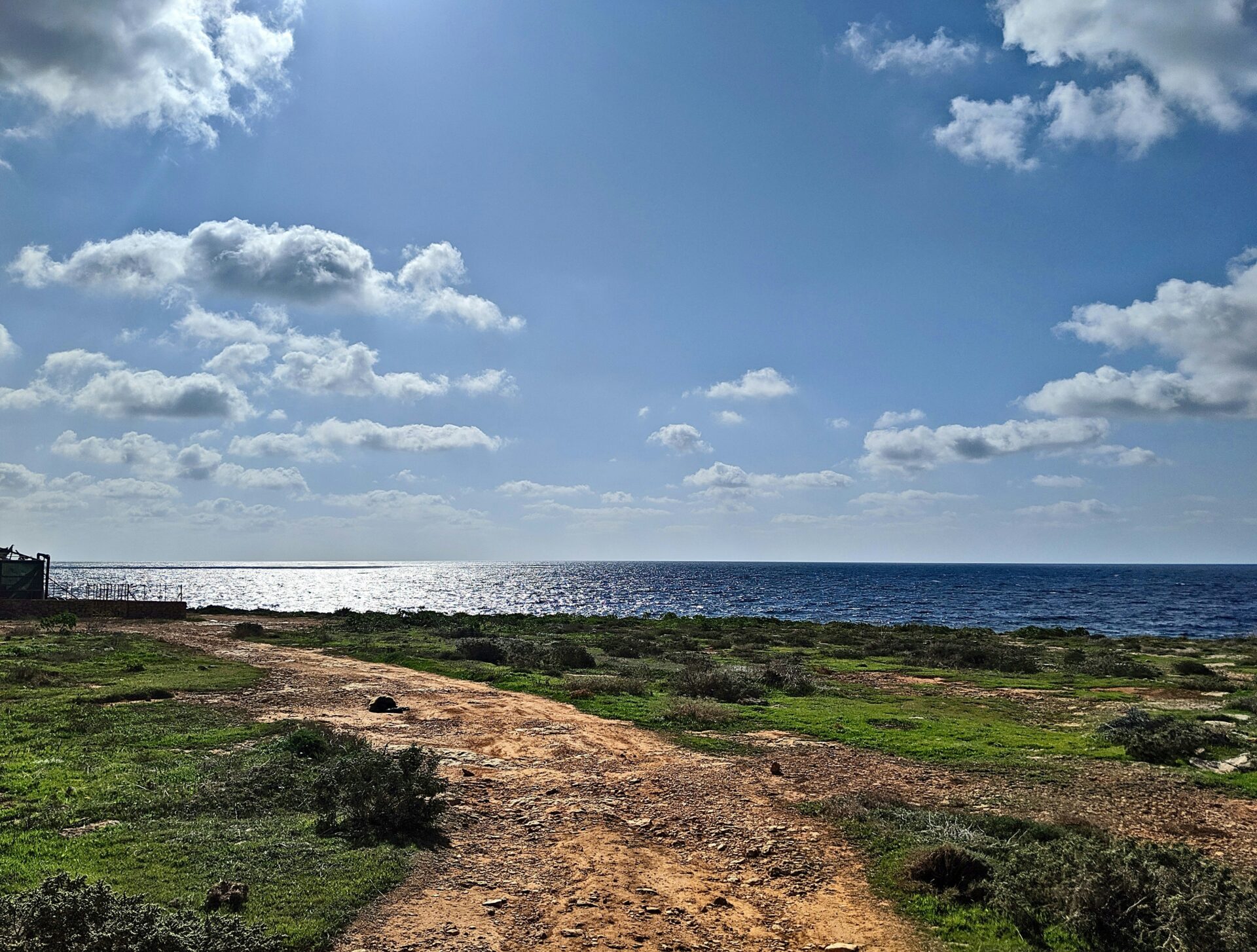
Linosa: Volcanic Landscapes and Wildlife
Linosa grabbed my attention with its black sand beaches and houses painted in bright blues, yellows, and pinks. This volcanic island rises sharply from the sea, which is a big change from flat Lampedusa.
The volcanic soil supports all kinds of life. When I hiked around Monte Vulcano, I saw rare plants that only grow in these tough conditions.
The snorkeling here is fantastic. I spent hours exploring caves and spotting colorful fish. Caretta caretta sea turtles nest here, and I got to learn about them from conservation volunteers.
Life moves slowly on Linosa. There’s hardly any tourist infrastructure, which makes it the perfect place to truly unplug.
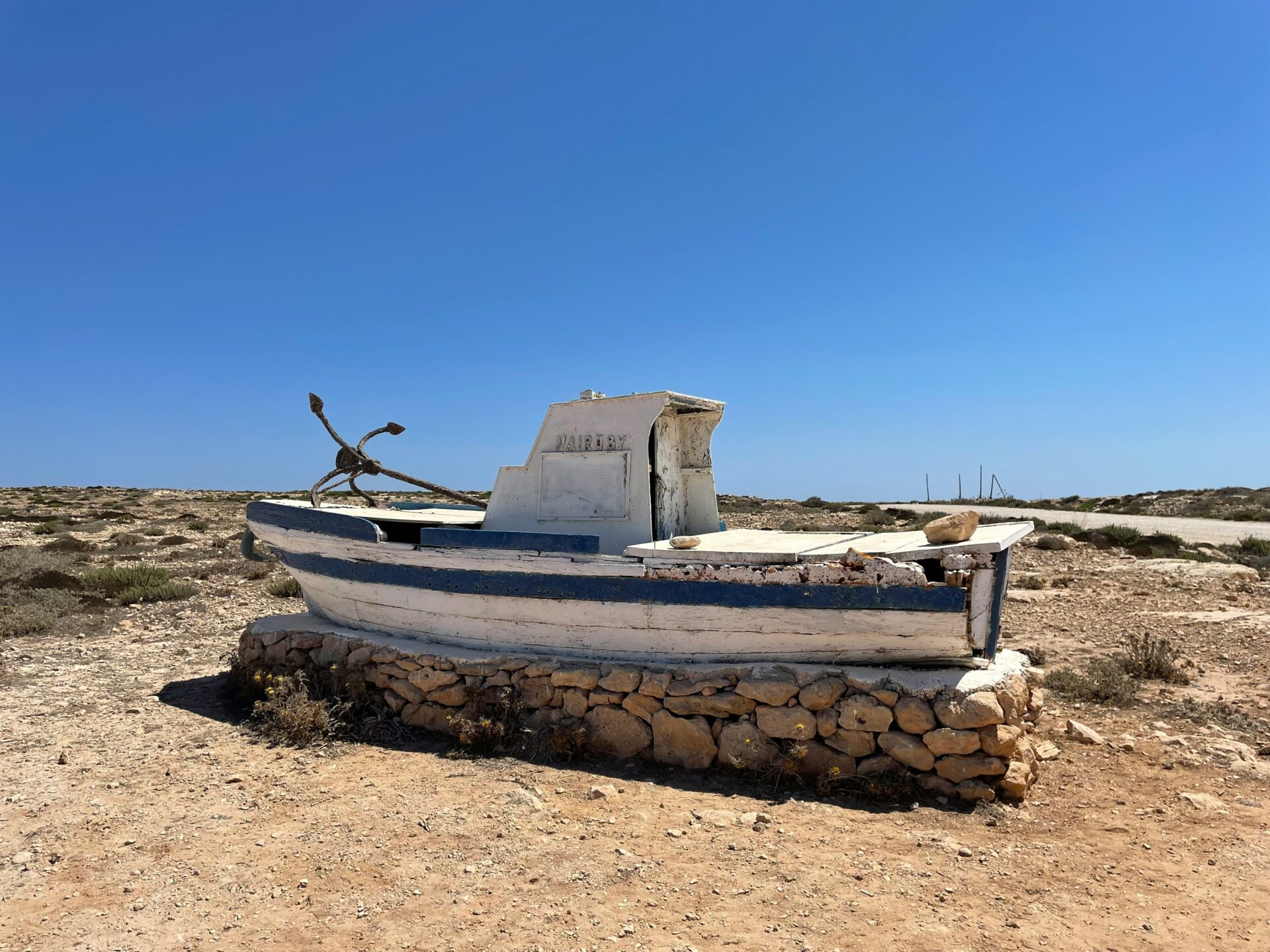
Lampione: The Untouched Islet
Lampione is the smallest and most mysterious of the bunch. No one lives here—it’s just a rocky islet out in the Mediterranean, and you can only get there by boat from Lampedusa if the weather’s decent.
Divers absolutely love Lampione. The waters are packed with marine life—I saw rare sharks and bright corals when I visited. A local guide showed me the island’s only building: a lonely lighthouse keeping watch over the sea.
Lampione’s isolation has protected its ecosystem. Birds nest on the cliffs, and the waters act as a safe haven for marine creatures.
Most day trips last just a few hours, but honestly, that was enough to leave a mark. Lampione feels like a peek into the Mediterranean’s past.
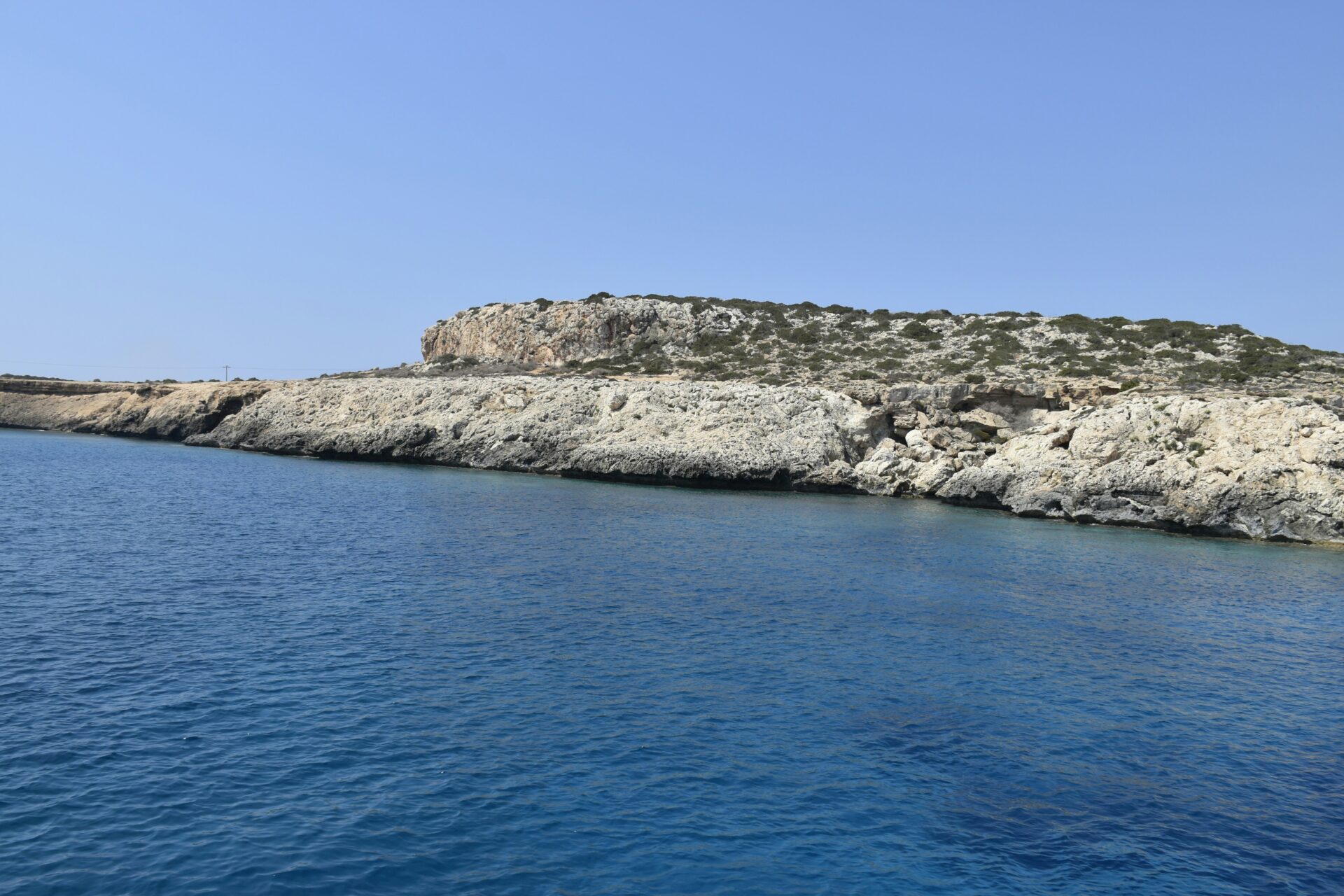
Natural Wonders and Outdoor Experiences
Nature lovers will have a field day in the Pelagie Islands. These islands are packed with underwater wonders, pristine beaches, and unique Mediterranean plants. It’s honestly one of Italy’s last wild places.
Marine Life and Diving Adventures
The waters around the Pelagie Islands are a diver’s dream. I’ve gone on dives with local biologists who lead trips all over the archipelago. Sometimes you can see more than 30 meters ahead underwater—reefs here are bursting with life.
Near Lampione, I spotted groupers, barracudas, and even dolphins. If you’re into diving, this is the spot for untouched underwater scenery.
Beginners can join courses and guided tours—there are plenty of options. I’d say June to September is the best time, with warm water and calm seas.
Sea turtles nest on some beaches, and local conservationists have worked hard to keep their numbers healthy.
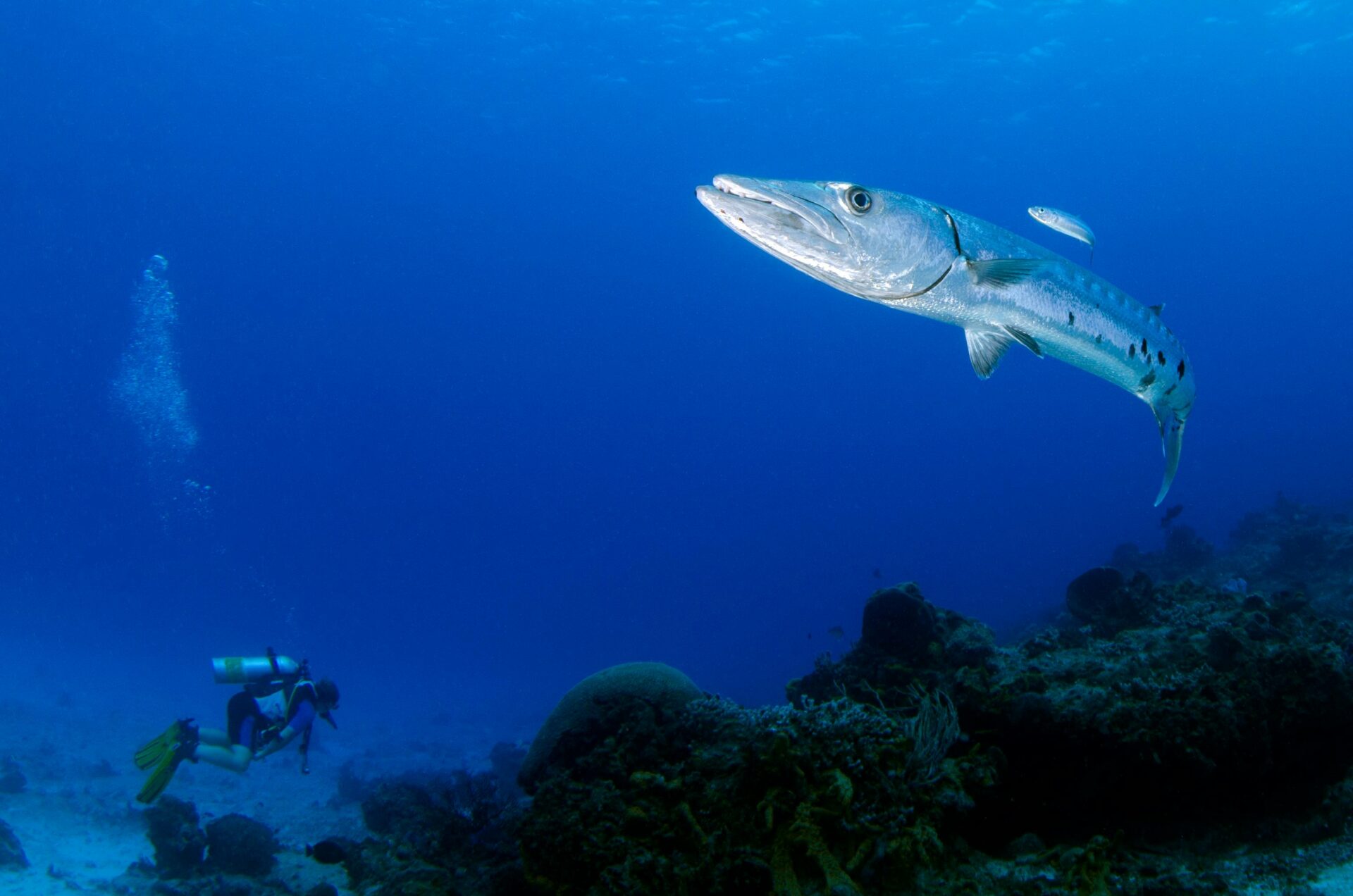
Beaches, Coves, and Coastal Paths
Rabbit Beach (Spiaggia dei Conigli) on Lampedusa keeps making those “best beaches in Europe” lists. Powdery white sand, shallow turquoise water—it’s basically the Caribbean, but in Italy.
I found all sorts of hidden coves that you can only reach by boat or along rocky paths. These quiet spots are perfect for escaping the crowds. Cala Pulcino, for example, sits under dramatic cliffs and feels totally secluded.
The paths connecting the beaches offer amazing views. Bring water shoes—they’ll make the rocky stretches much easier.
Top Beaches to Visit:
- Spiaggia dei Conigli (Rabbit Beach)
- Cala Pulcino
- Cala Croce
- Cala Guitgia
If you walk along the shore in the morning, you’ll spot tidal pools full of tiny marine creatures.

Hiking Through Unique Flora
The dry Mediterranean climate here supports tough plants that can handle almost no rain. Fig trees, cacti, and aromatic herbs like thyme and rosemary pop up everywhere.
I hiked through Lampedusa’s interior, where the Isola dei Conigli Natural Reserve protects rare plants you won’t find anywhere else. In spring, wildflowers turn the grasslands into bursts of color.
Scientists study these ecosystems because the plants are so good at surviving with little water. The soil even helps with carbon storage, which is pretty cool.
My favorite hike follows the eastern coast, with sweeping views and fields of wild herbs. April-May and September-October are the best months—not too hot, not too crowded.
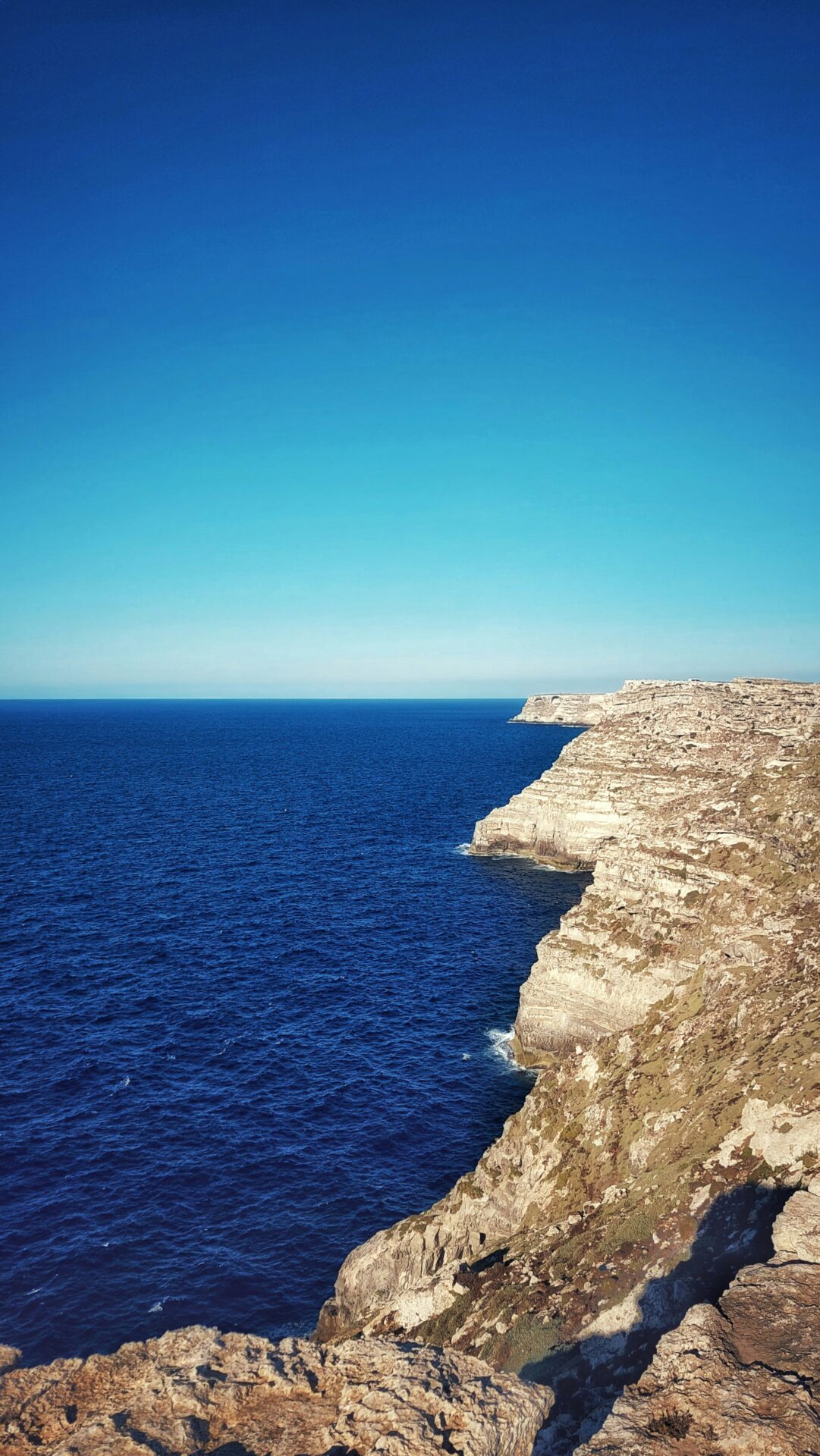
Birdwatching and Eco-Friendly Tourism
The Pelagie Islands are vital pit stops for birds migrating between Africa and Europe. I’ve seen all sorts of species resting here on their journeys, making this a surprising birdwatching haven.
Local guides run eco-friendly tours focused on wildlife. Their tips about migration patterns made the experience way more interesting. Sunrise trips give you the best chance to spot rare birds.
There’s a real effort to keep tourism sustainable. Many places to stay now offer eco-packages, including guided nature walks that don’t disturb the environment.
Because the islands are so isolated, some bird species have evolved in unique ways. Researchers keep an eye on environmental factors to protect these habitats for the future.
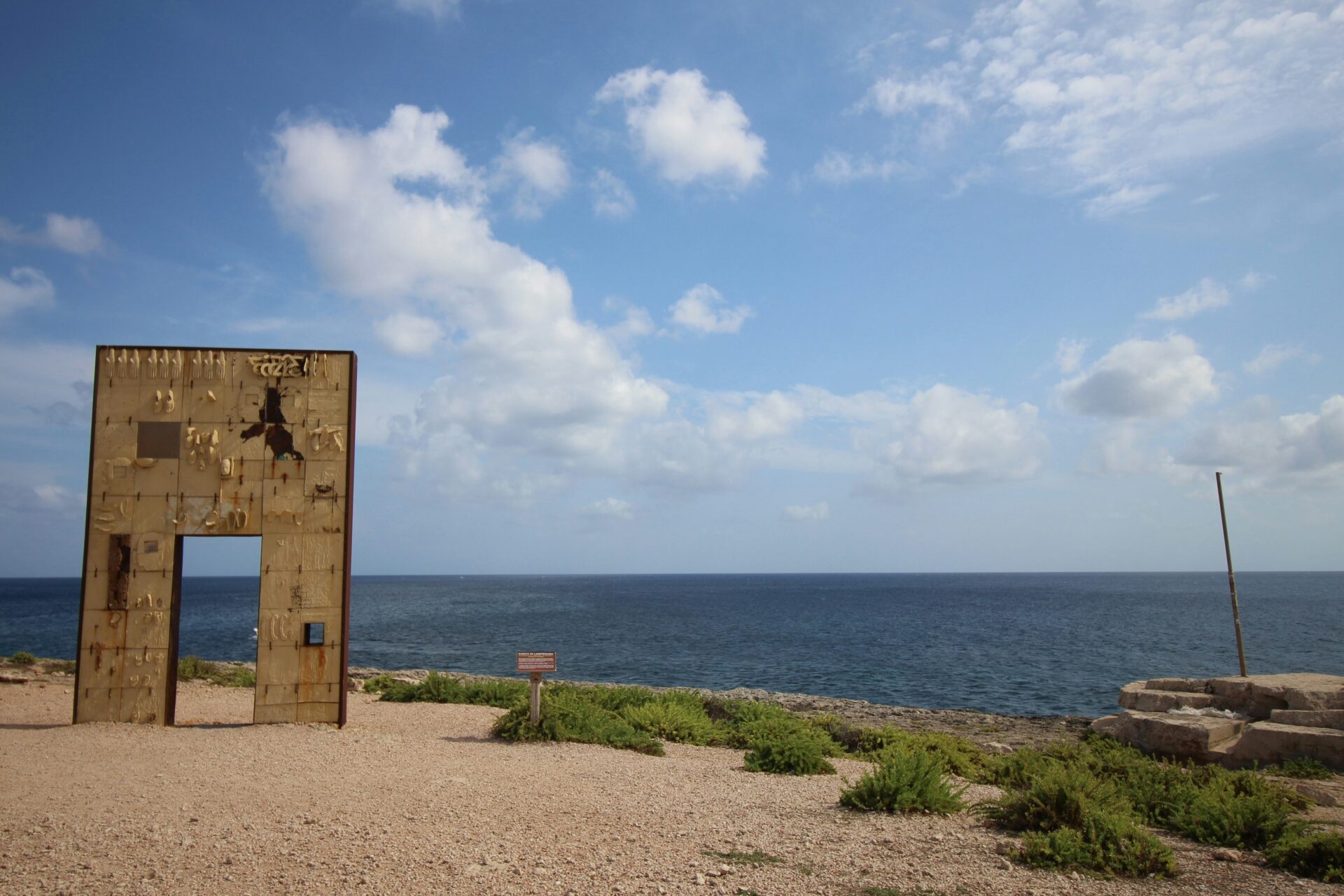
Life Among the Islanders: Local Community and Traditions
Life on the Pelagie Islands feels different—remote, but rich in tradition. The people here have built a strong community, shaped by years of isolation and a mix of cultures.
Population and Ethnic Roots
The Pelagie Islands don’t have many residents, but their backgrounds are fascinating. Lampedusa is home to about 6,000 people, while Linosa has just around 400. Lampione stays empty except for the occasional researcher or tourist.
Centuries of Mediterranean influences show up in the islanders’ ancestry. Most folks trace their roots back to Sicilian families from the 1800s. I’ve noticed Arab-Berber influences in the dialect, architecture, and food.
When I walked through the villages, older locals shared stories about their Sicilian, Maltese, and North African backgrounds. This blend gives the islands a culture that’s both Italian and uniquely Pelagian.
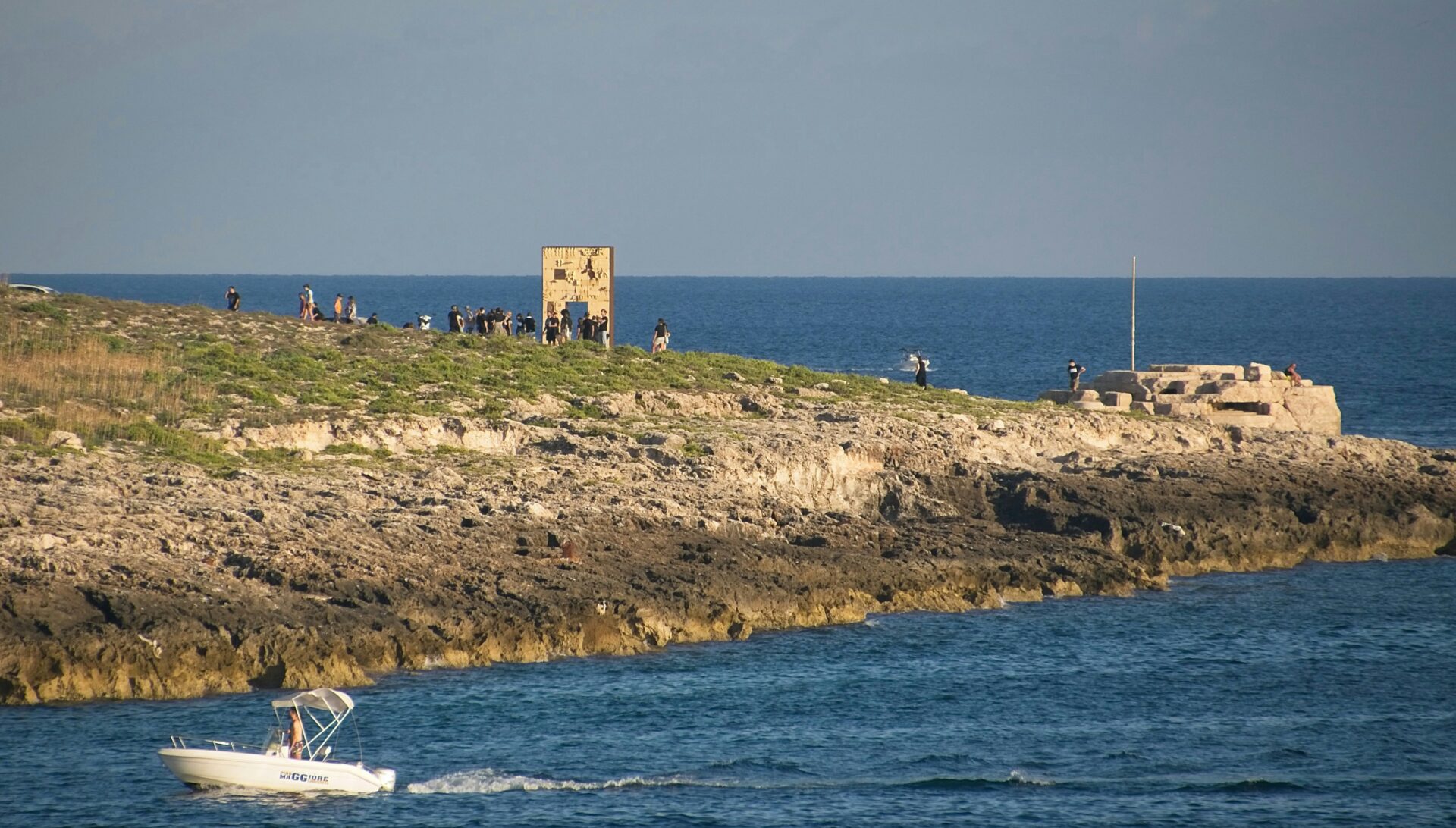
Citizenship, Property, and Land Ownership
Pelagie islanders are Italian citizens and enjoy the same rights as anyone on the mainland, but they face some unique challenges. Property laws are Italian, but limited space means real estate is competitive.
Land is especially valuable on Lampedusa and Linosa, thanks to strict building rules that protect the islands’ natural beauty. When I asked about housing, locals often mentioned family homes passed down through generations.
Local governments keep a close eye on development, trying to balance tourism with conservation. Some families own both a main house and a small plot for gardens or vineyards—a tradition that still runs strong here.
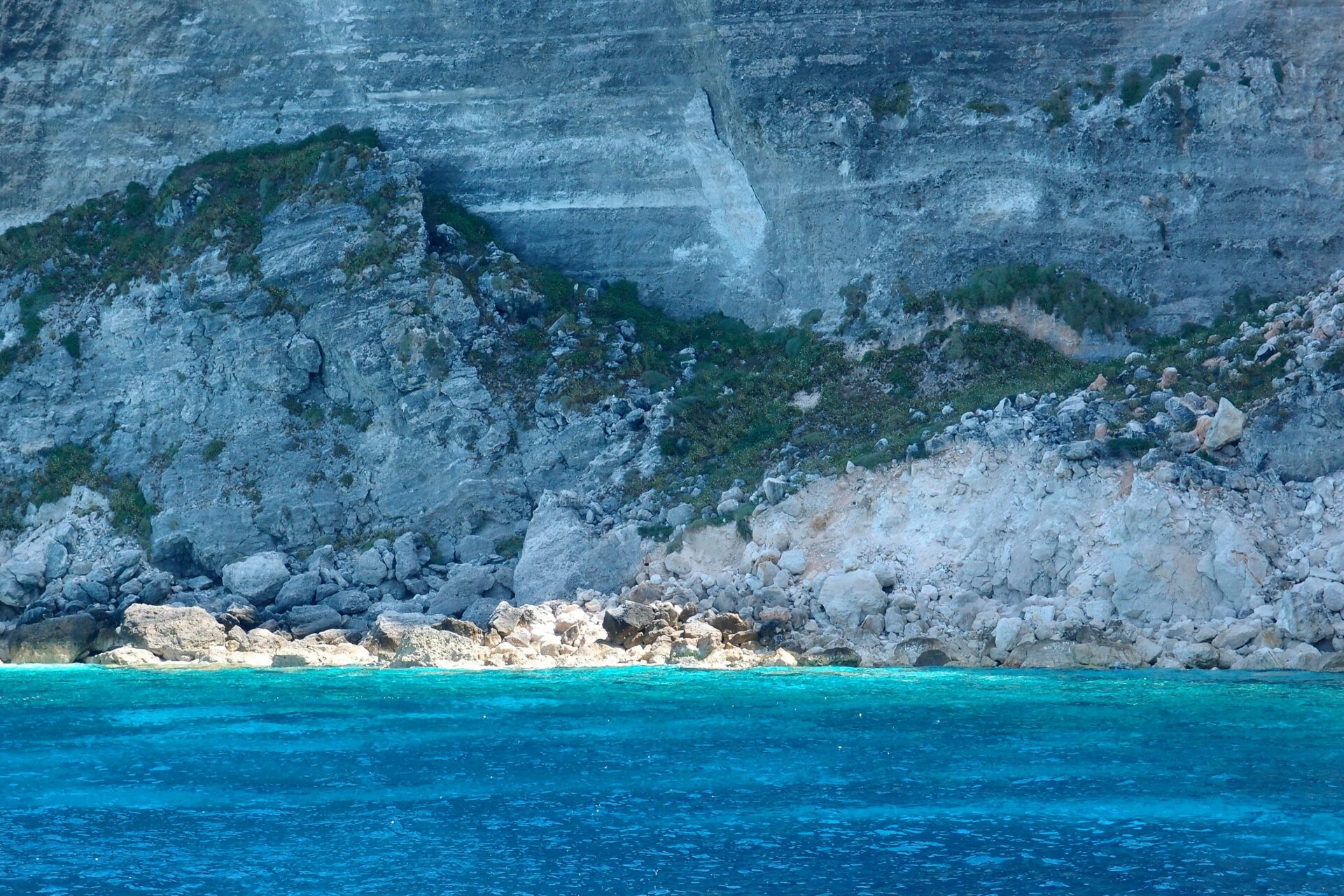
Festivals, Myths, and Contemporary Innovation
The islands burst into life during religious festivals that tie the past to the present. I remember the Festival of Madonna di Porto Salvo in September—Lampedusa’s biggest celebration—when fishing boats lit up the harbor in a glowing procession.
Read more about fishing boats here.
Locals love to share sea legends, often painting the ocean as both a giver and a threat. Fishermen swap stories about mythical creatures and old shipwrecks while they sip coffee at harbor cafés.
Despite the isolation, innovation finds a way. Local entrepreneurs have built sustainable tourism and marine conservation projects that really work.
I’ve seen people use traditional fishing methods right next to modern techniques that help protect endangered species.
Artists on the islands draw inspiration from their wild surroundings. You’ll find ceramics, jewelry, and paintings in tiny shops—each piece blending tradition with a spark of new ideas.
This constant mix of old and new keeps Pelagie culture alive and always changing.
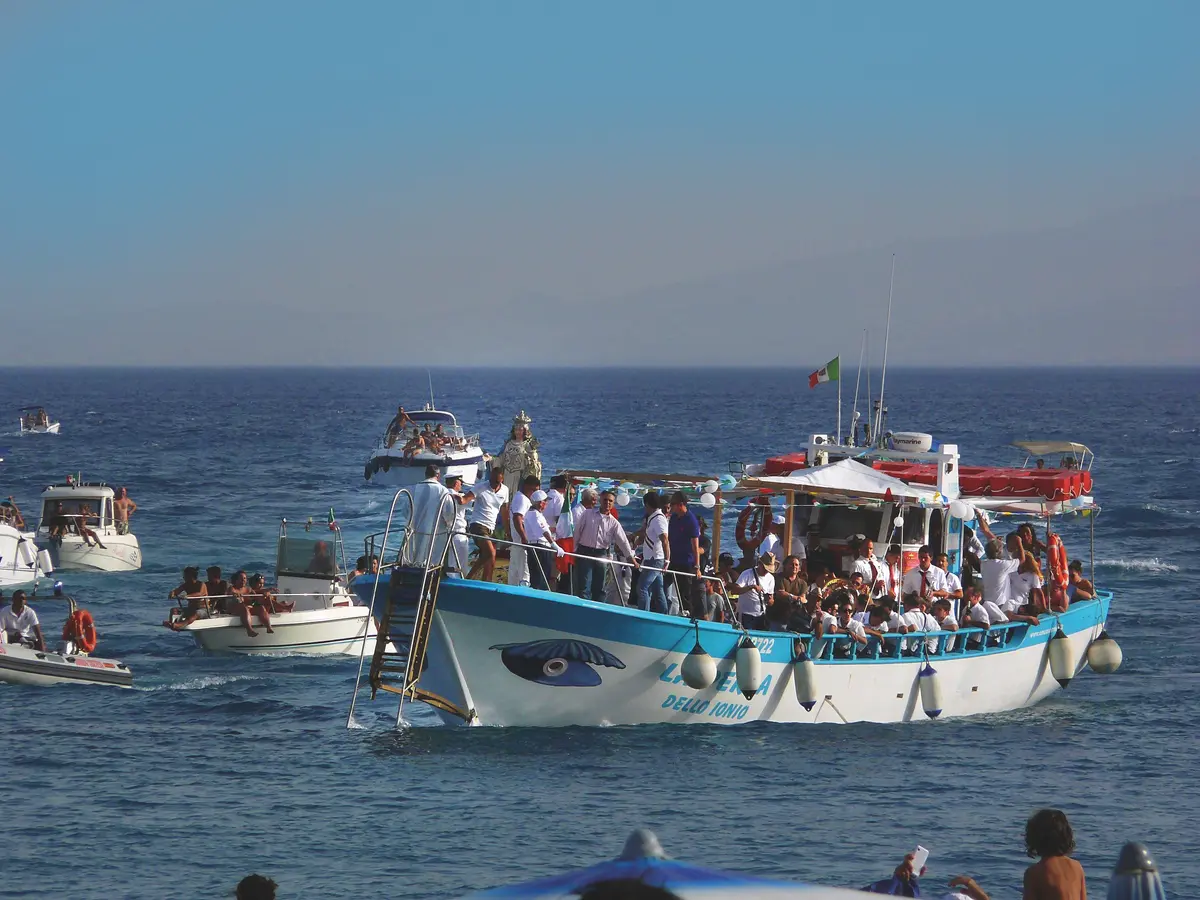
Gastronomy and Well-Being on the Pelagie Islands
Here, the food scene is a wild mix of Sicilian roots and North African flavors. The result? A food culture as bright and lively as the turquoise sea that wraps around these islands.
Local Cuisine and Mediterranean Diet
The Pelagie Islands’ food is Mediterranean eating in its purest form. Fresh fish, sun-blushed veggies, and homegrown herbs come together for simple, tasty dishes that feel good for the body and soul.
Meals here go beyond just eating—they’re true celebrations of island life and well-being. Families crowd around tables full of colorful antipasti, swapping stories as they tear into fresh bread.
The heart of island cooking is its straightforwardness. Local tomatoes, olive oil, and wild herbs turn into fragrant sauces for pasta dishes—spaghetti, rigatoni, penne, you name it.
I can’t get enough of their vegetable soups; they taste like someone bottled up the garden.
Couscous with veggies and fish pops up everywhere, a nod to the North African touch that’s shaped these islands for ages.
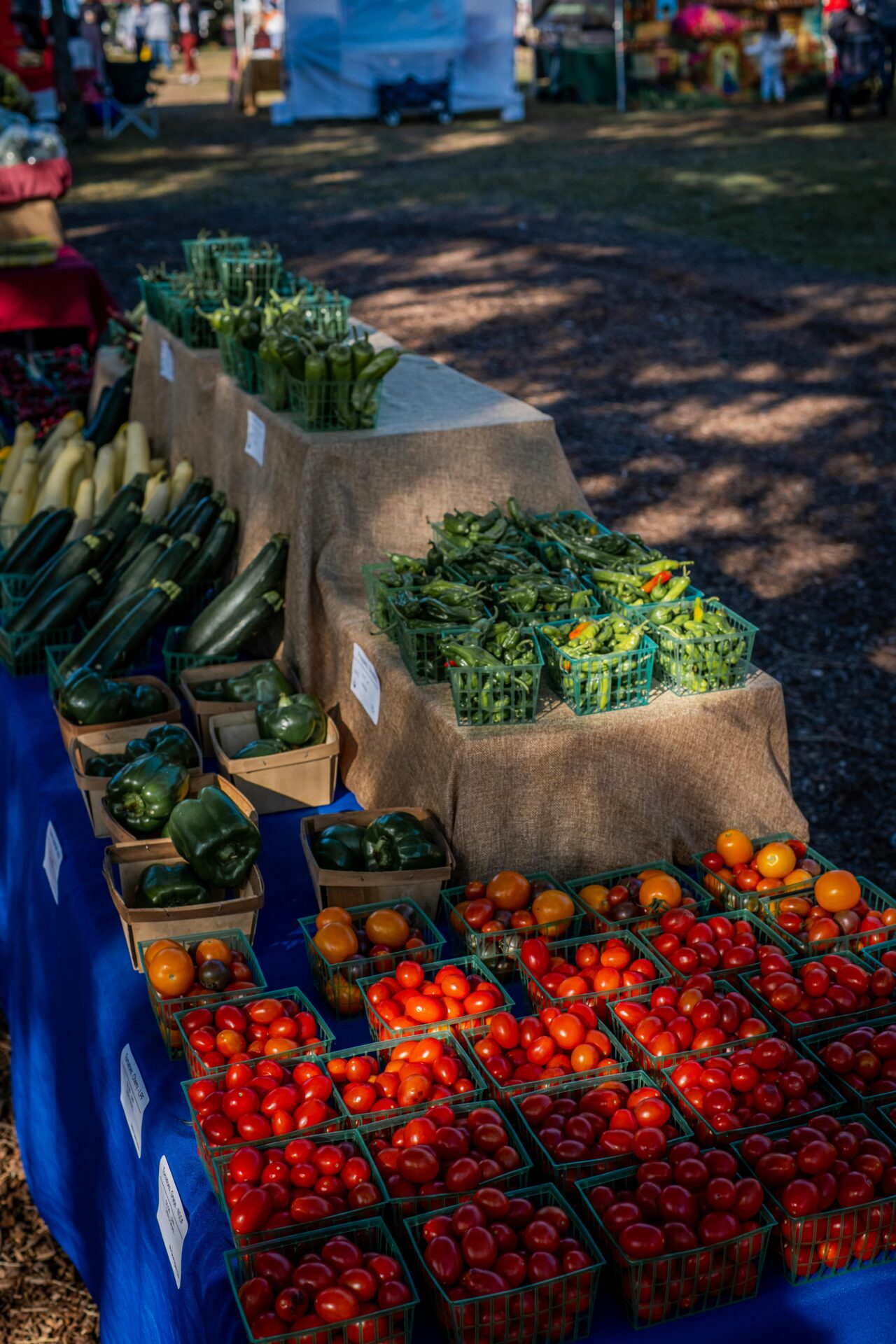
Seafood Specialties and Island Produce
The Mediterranean’s bounty truly defines how people eat here. Fresh-caught fish—think tuna, swordfish, sea bream—shows up grilled, stewed, or simply tossed with lemon and herbs.
I’ve watched fishermen haul in their catch and sell it right to restaurants or families. That sea-to-table vibe means you’re always eating what’s just come off the boat.
Farming is limited, but the fruits and veggies pack intense flavor. Wild capers cover Lampedusa, and Linosa’s volcanic soil grows the best tomatoes and herbs I’ve ever tasted.
Olives and citrus trees thrive in the sun, making their way into so many dishes. And the prickly pears—wow, they’re sweeter than any I’ve tried elsewhere.
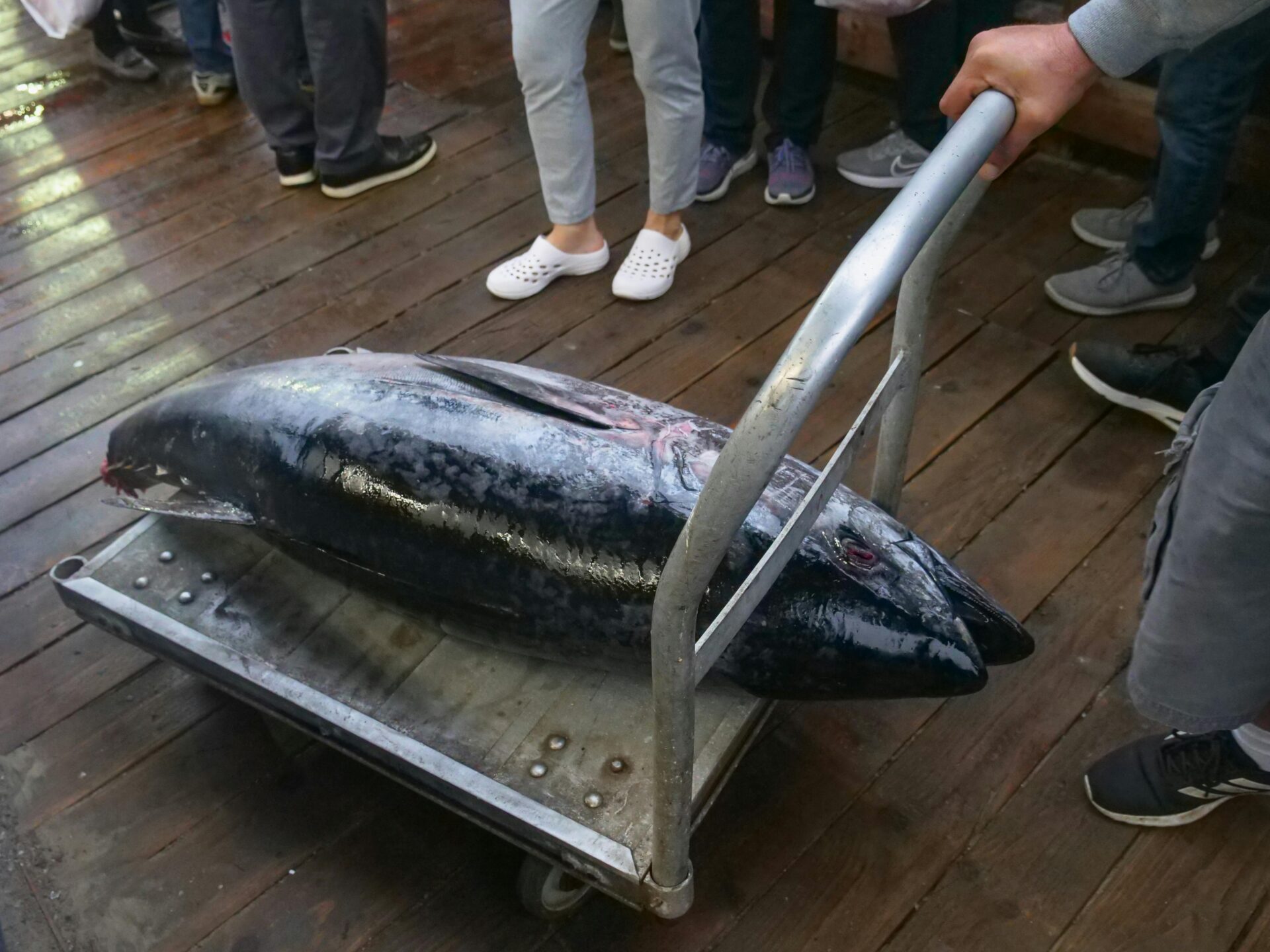
Wine, Hospitality, and Culinary Experiences
Even though you won’t find many vineyards here, the islands love their Sicilian wines. I’ve spent evenings with a glass of crisp white, just soaking in those Mediterranean sunsets.
Meals turn into real experiences thanks to island hospitality. Family-run “case del gusto” invite you into their homes for authentic cooking. I’ve been lucky enough to sit in kitchens where grandmothers hand down recipes that seem almost magical.
Cooking classes are a hit with visitors who want to feel good by learning to cook simple, fresh meals. Local chefs taught me how to let the ingredients shine.
Festival season means food takes center stage. Locals and travelers mingle, and artists find new inspiration in the mix of flavors, laughter, and stunning scenery.
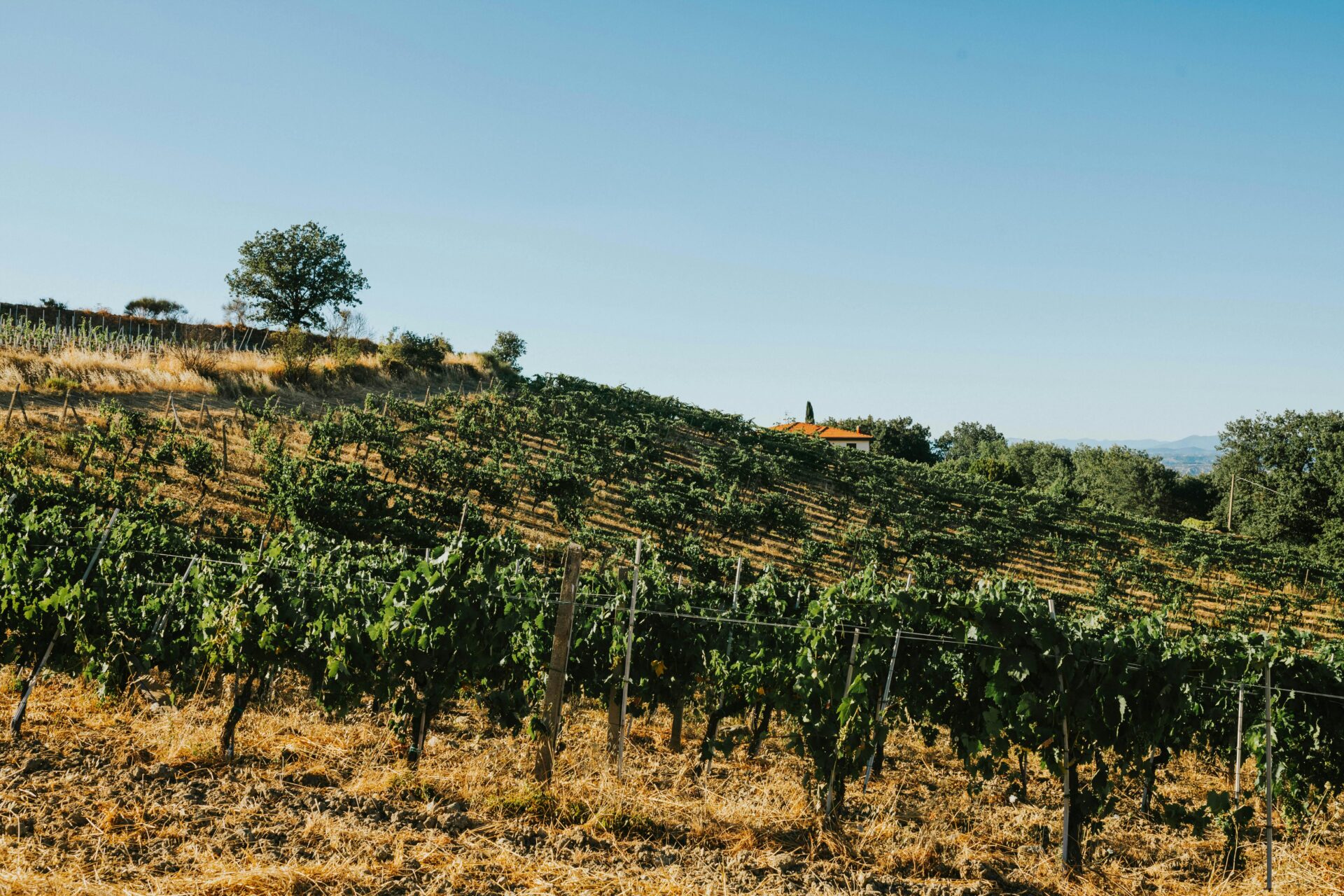
How to Plan Your Visit: Practical Information and Insider Tips
Getting to the Pelagie Islands takes a bit of planning since they’re pretty remote. Still, every bit of effort pays off—these islands offer a slice of the Mediterranean you just can’t get in the usual tourist spots.
Getting There: Ferries, Flights, and Transfers
Most people take the ferry from Sicily. Each night, ferries leave Porto Empedocle and take about 8-9 hours to reach Lampedusa. In summer, Siremar runs faster hydrofoils that cut down the journey time.
If you’re in a rush, fly straight to Lampedusa from big Italian cities like Rome, Milan, or Palermo. Flights from Sicily are quick—just 30-40 minutes from Palermo.
I always book my ride ahead of time, especially in the busy months from June to September. After you land on Lampedusa, you’ll need another ferry to get to Linosa, which takes 1-2 hours.
You can arrange local transfers through your hotel or right at the ports. I’d rent a scooter or a tiny car for Lampedusa, but Linosa is so small you can just walk everywhere.
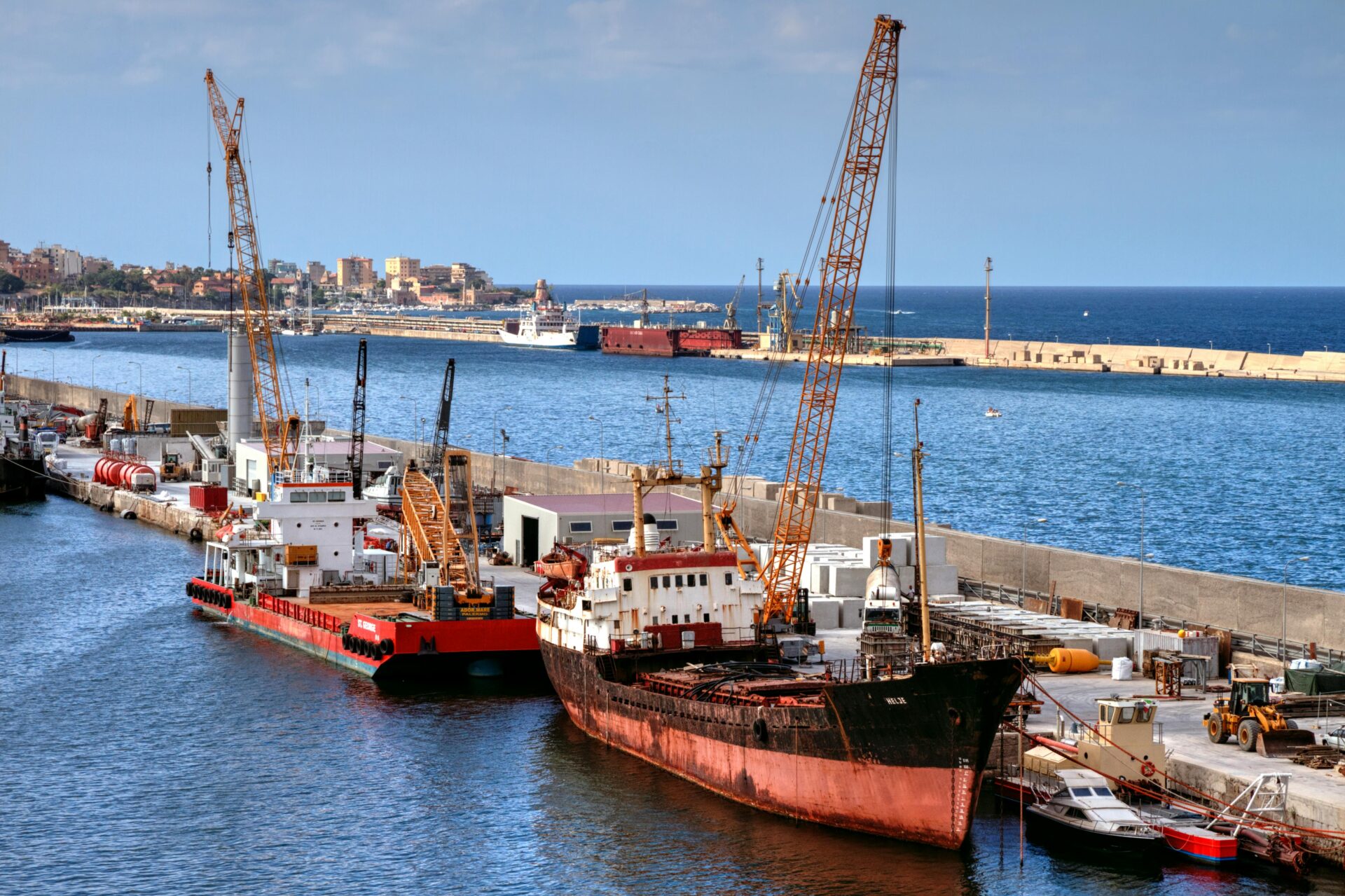
Where to Stay: Accommodation Options
I’ve found that places to stay range from simple guesthouses to fancier boutique hotels, mostly on Lampedusa. Most are family-run and feel genuinely welcoming.
Accommodation Types:
- Small family hotels
- Vacation rentals or apartments
- Bed and breakfasts
- Agriturismo (farm stays)
Lampedusa offers the most options, with lots of places near the main town and Rabbit Beach. Linosa has fewer choices—mainly guesthouses and B&Bs, nothing flashy but always cozy.
Since getting here takes time, I’d recommend staying at least 3-4 nights—maybe even a week if you can. Many places offer packages that include transfers from the airport or port.
Book a couple of months ahead for summer. In the off-season, you’ll find better deals and more open rooms, but be aware that some businesses shut down in winter.
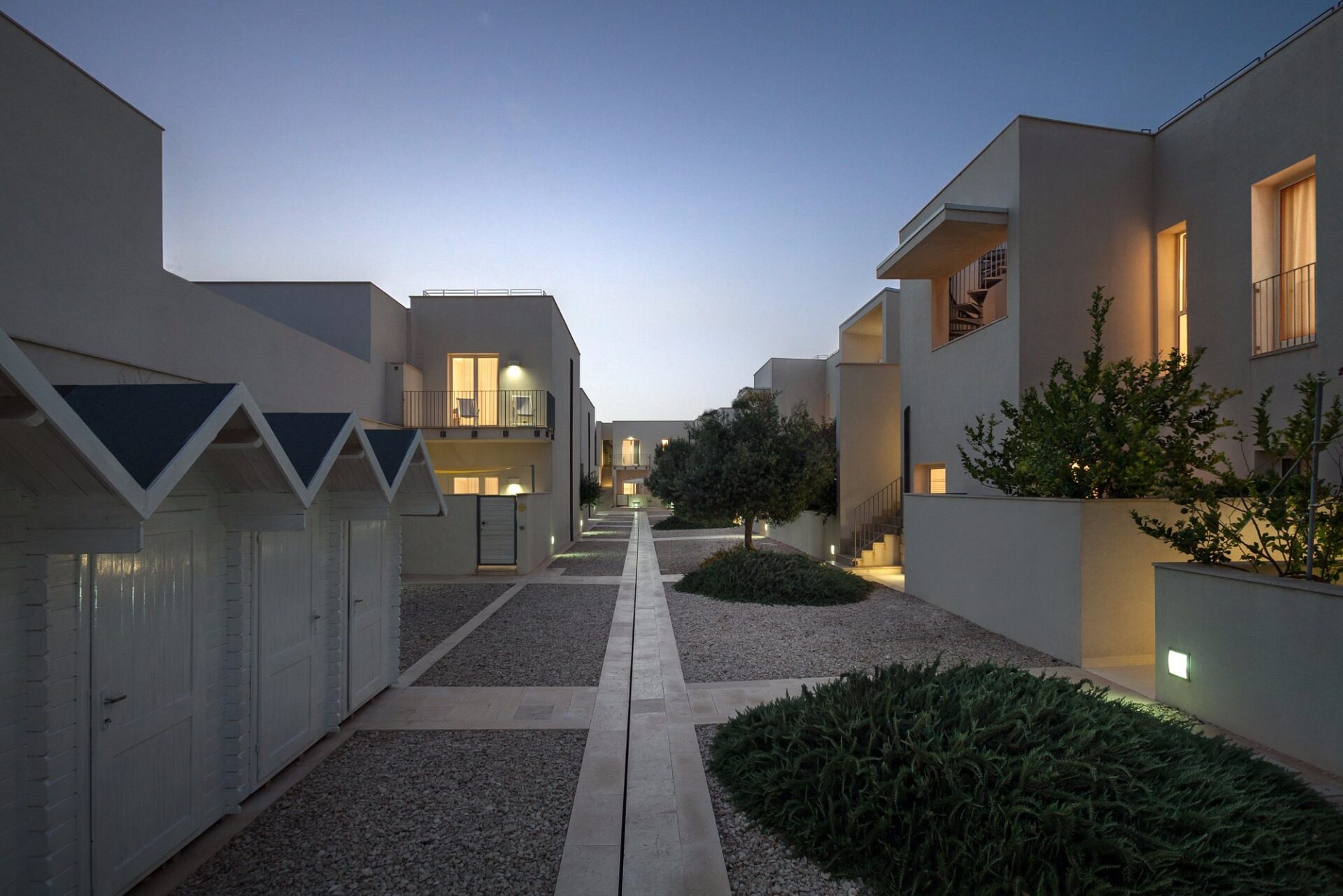
Staying Safe and Healthy During Your Trip
The Pelagie Islands feel very safe, with little crime. Healthcare is basic compared to mainland Italy, so I always pack some meds and make sure I have travel insurance.
Lampedusa has a small hospital with general practitioners and pediatricians. They can handle minor emergencies, but you’ll need evacuation to Sicily for anything serious.
Don’t underestimate the Mediterranean sun—it’s strong, especially in summer. I always carry water and slap on sunscreen to avoid dehydration.
Sometimes, strong winds hit the islands and can mess with ferry schedules. It’s smart to keep your plans flexible in case weather delays your trip.
If you swim in remote areas, take care—some beaches have no lifeguards. Always check local advice about sea conditions and currents before diving in.
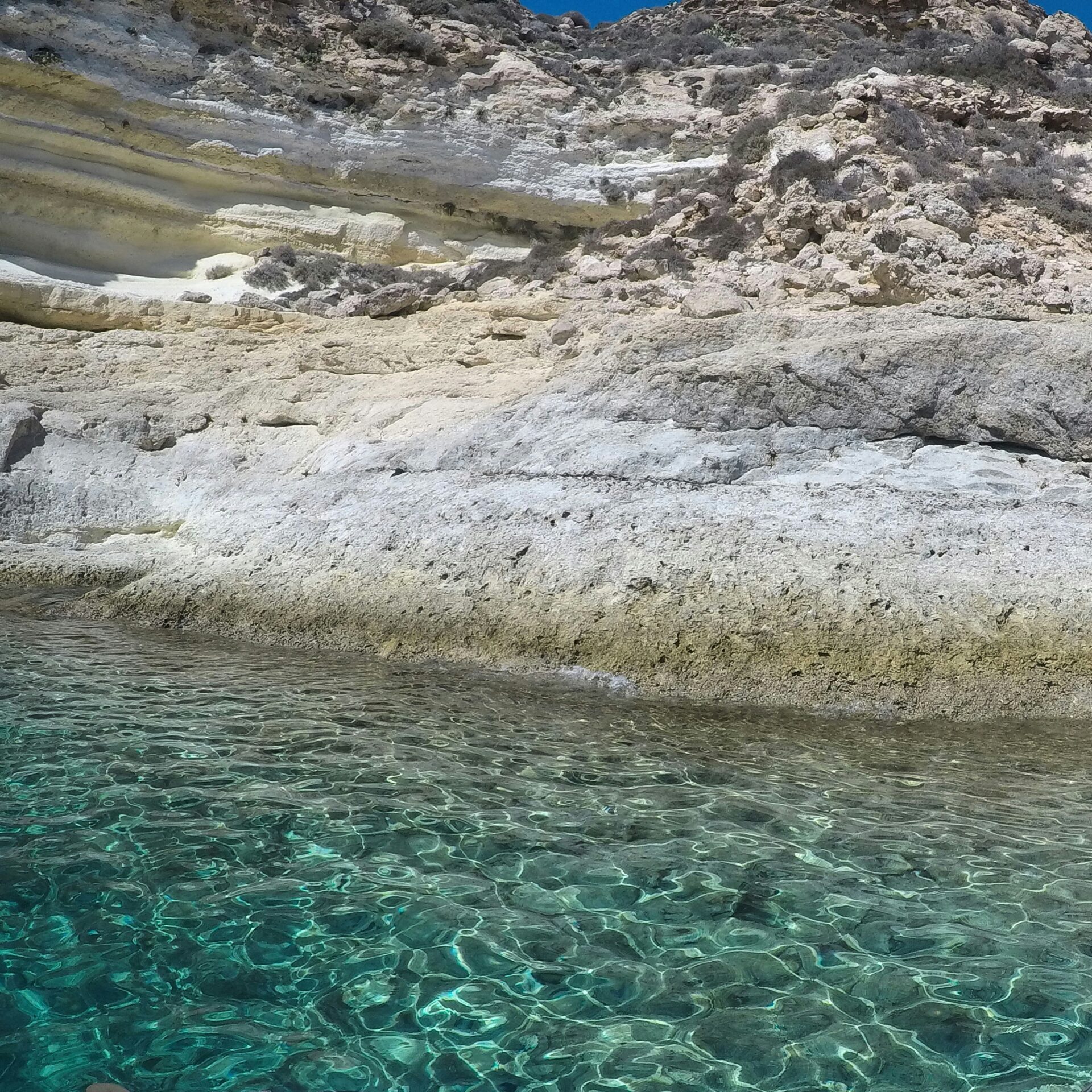
Exploring Beyond the Pelagie: Connections to Sicily and Beyond
After soaking in the calm beauty of the Pelagie, maybe you’ll feel like seeing more of Sicily or even southern Italy. Ferries leave the islands for Sicily pretty regularly, so it’s easy to keep moving.
Sicily has endless places to check out. There are ancient ruins at the Valley of Temples near Agrigento. Palermo buzzes with life and shows off that unique Arab-Norman architecture—honestly, it’s hard not to get a little lost wandering those streets.
If you’re after more coastal views, you can head to Scilla in Calabria. The town, named for the mythical sea monster Scylla, sits right across from Sicily and offers some truly stunning sights over the Strait of Messina.
Thinking about hopping to more islands? You might want to look at:
- Egadi Islands (west of Sicily)
- Aeolian Islands (north of Sicily)
- Malta (south of Sicily)
I’ve noticed that renting a car gives you the most freedom, especially if you want to explore Sicily’s countryside or smaller towns. You can reach the Adriatic coast and places like Puglia by taking the ferry from Messina to the mainland.
Some people combine their Pelagie Islands trip with a bigger Mediterranean adventure. Stops in Greece (like Corfu), France, Sardinia, or even Elba aren’t unusual.

